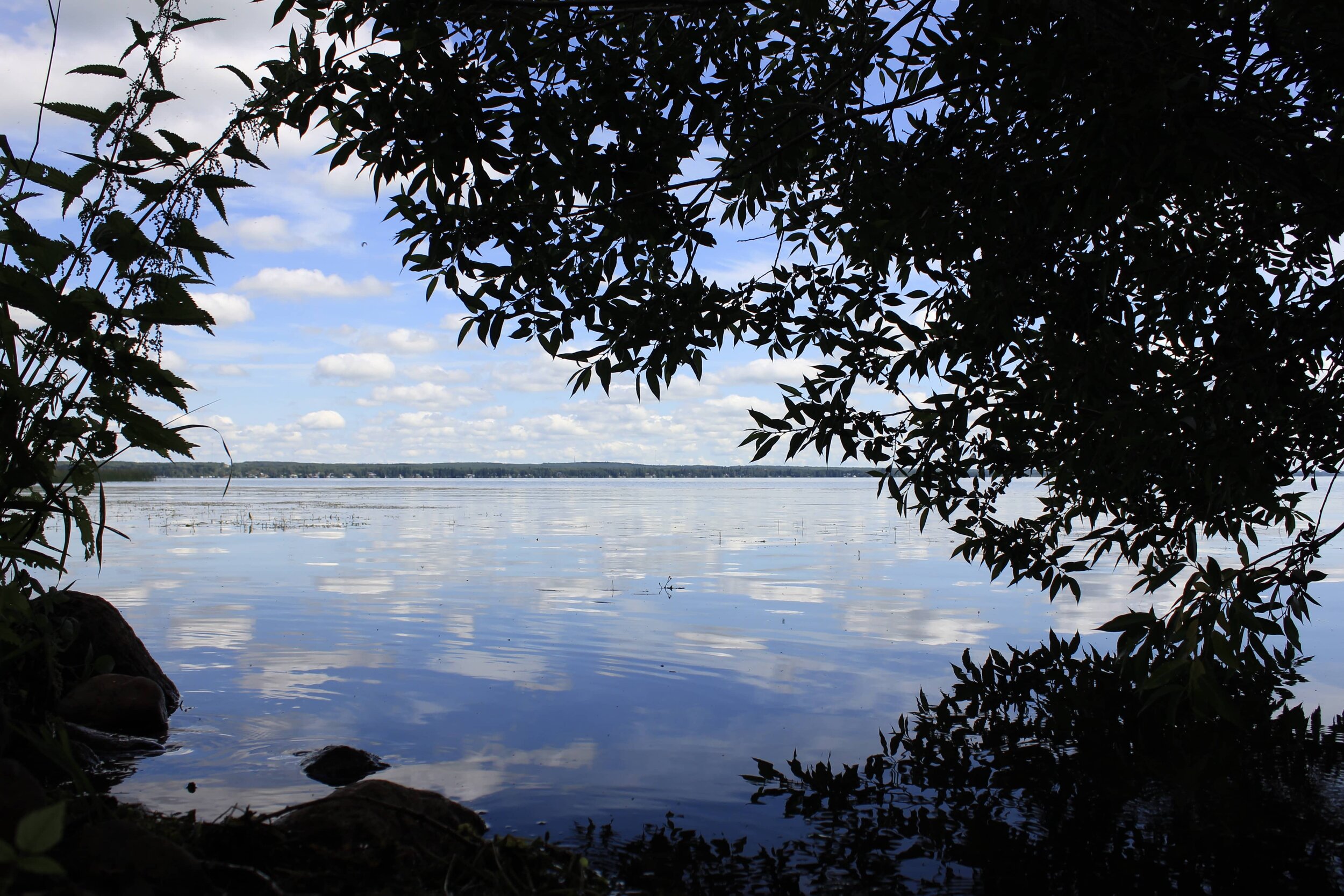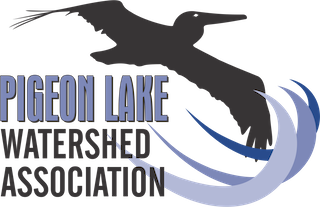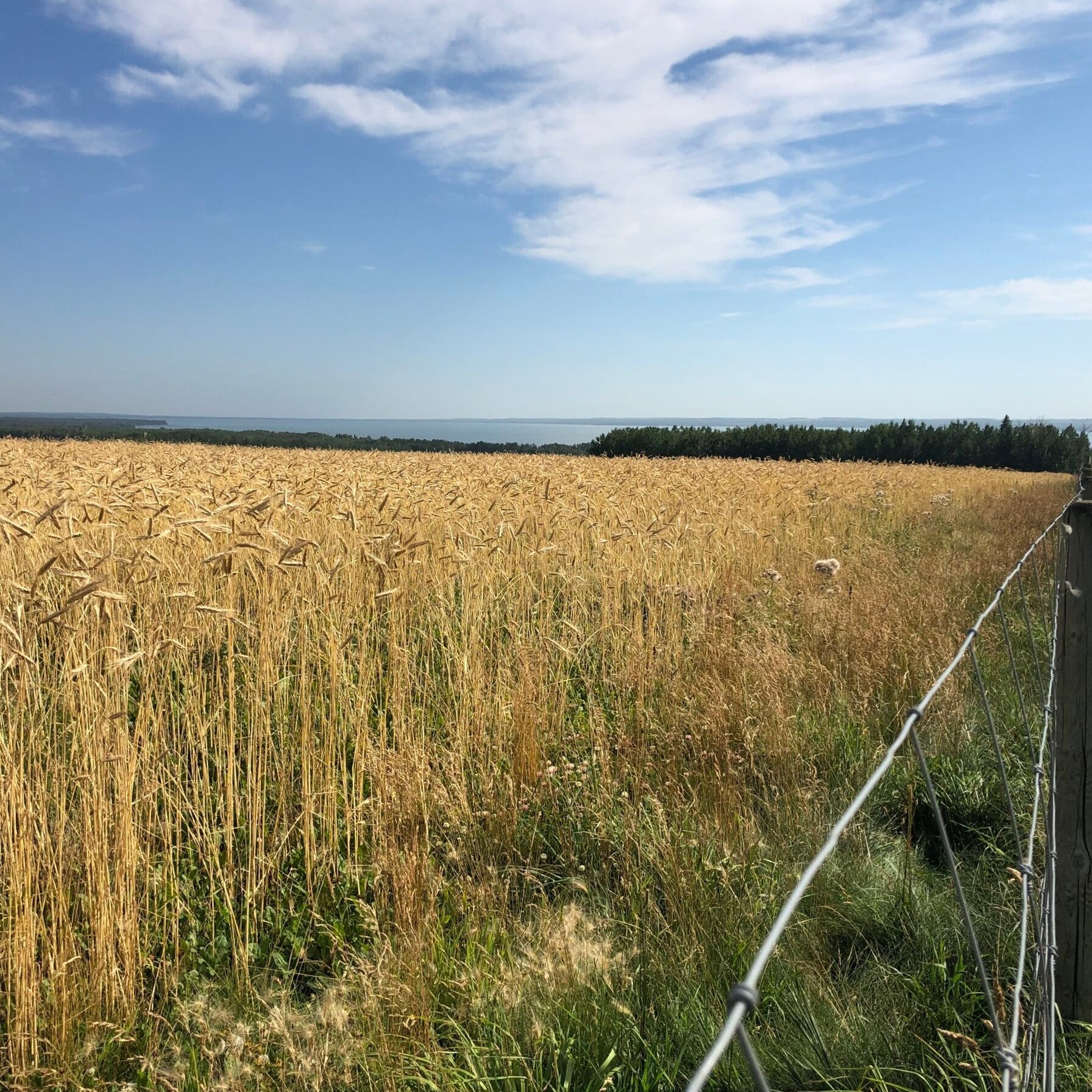
About the Lake & Watershed
Pigeon Lake has important ecological value in Alberta for migratory birds, fish, other wildlife and various environmental processes.
The natural beauty of the lake also makes it a popular recreation spot for Albertans. In the watershed there are approximately 5,800 full and part-time residents across twelve municipalities including the County of Wetaskiwin, Leduc County and ten summer villages. A healthy lake and watershed optimizes social experiences, agriculture, commerce and ultimately the economic strength of the region.
Characteristics
Lake Surface Area: 96.7 km2
Watershed Surface Area: 187 km2
Volume: 603 000 000 m3
Max Depth: 9.1 m
Mean Depth: 6.2 m
Shoreline length: 46 km
Mean Residence Time: > 100 yrs
Learn More
Story of Pigeon Lake
Originally known as Woodpecker Lake, Pigeon Lake is currently one of the most popular recreation lakes in Alberta. Woodpecker Lake in Central Alberta was renamed Pigeon Lake for the passenger pigeon - once so common it could be counted in the tens of thousands nesting in the woods surrounding the area. Passenger pigeons were considered a great delicacy and trapped by the thousands until they were no more. The very last passenger pigeon died in a Cincinnati zoo in 1914.*
Pigeon Lake is one of the largest fresh water lakes in the province. Its proximity to Edmonton and Red Deer make it one of the busiest lakes in the summer time. Its shores have been the site of habitation since the time of the early migrations of the First Nations peoples. Its name is derived from the time that large flocks of passenger pigeons roamed the area in the mid-1800s. Ma-Me-O means 'white pigeon' in Cree. The lake has provided a habitat for numerous fish species. Historically it has supported a commercial fishery and related fish packing, a sport fishery, and a food fishery for First Nations and Metis communities.
Modern habitation dates back to the establishment of Rundle’s Mission in 1847, a Hudson's Bay Trading Post in 1868, and the Pigeon Lake Indian Reserve in 1896. The hamlets of Mulhurst and Westerose and the Summer Village of Ma-Me-O Beach were established during these early times. Logging, with a saw mill operation at Mulhurst, and farming were also important features of the local economy. Subsequently nine more summer villages evolved, along with several provincial parks and other recreation areas. There are now active farming, cow-calf, buffalo and oil and gas operations in the watershed. Substantial residential and other recreational development is also occurring, and a growing residential service centre has been established at the Village at Pigeon Lake. Consequently the community of lake users has grown significantly and the PLWA has been established to understand impacts, both human and natural, on the lake and its watershed. The recent blue green algae bloom, concerns about fish stocks, higher density real estate development and oil and gas operations in the watershed are all matters of interest to the PLWA.
*Adapted from: Fish, Fur & Feathers - Fish and Wildlife Conservation in Alberta: 1905 - 2005. Available from Nature Alberta (www.naturealberta.ca).




